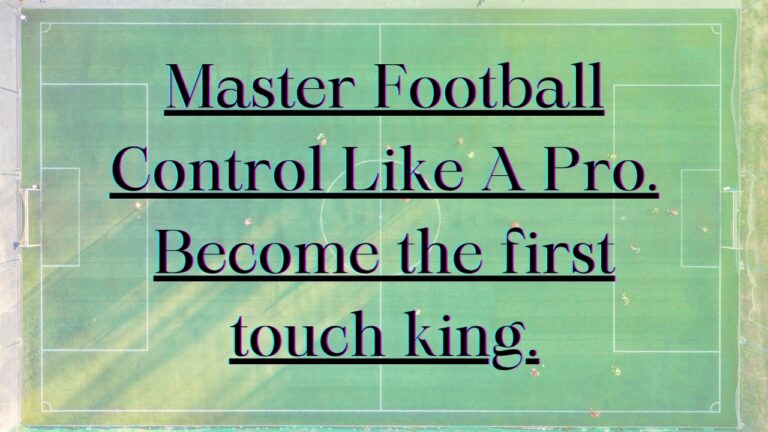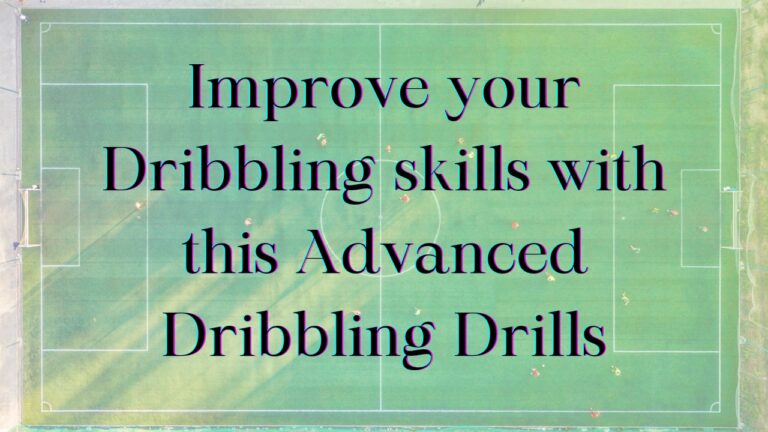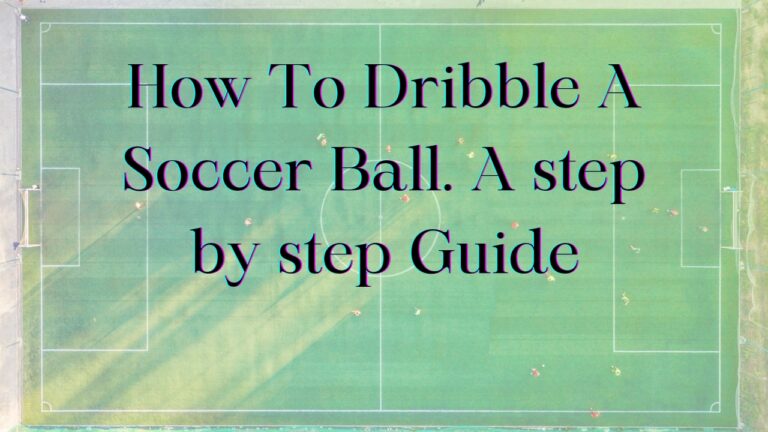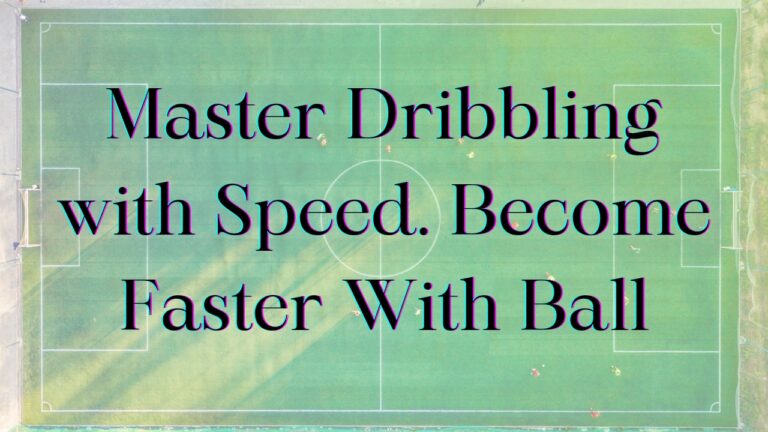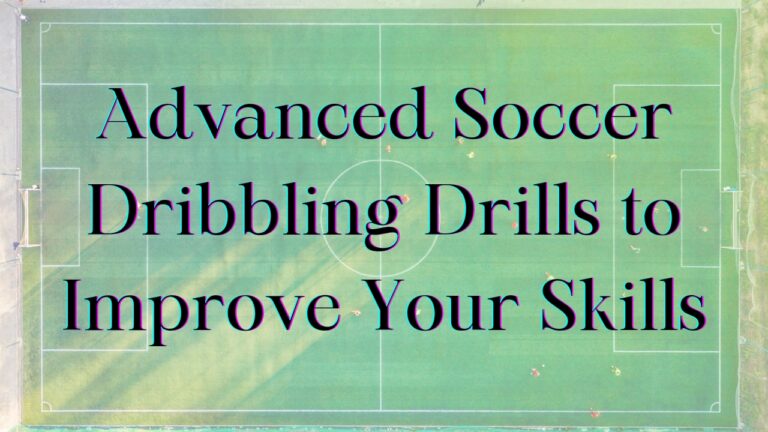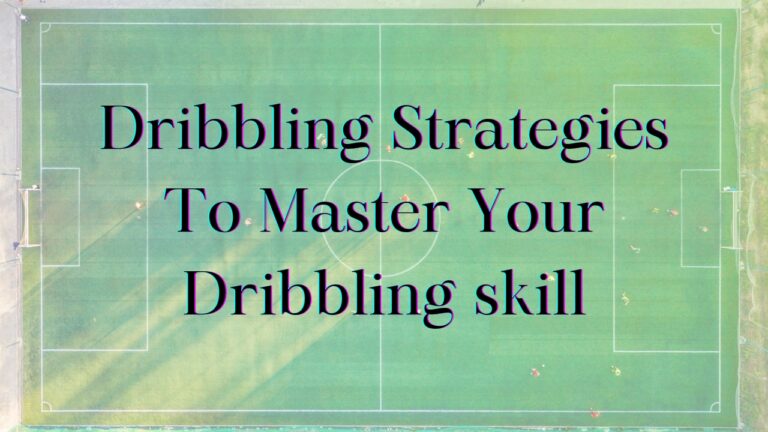Do you want to blow past defenders with ease? Become a threat on the court or field any time you have the ball. Developing quick footwork for dribbling is the key. With fast, precise foot movements, you can maneuver around opponents, find passing lanes, and attack with speed. So how can you improve your footwork to take your dribbling to the next level?
Why Quick Footwork Matters for Dribbling
Having quick footwork is essential for effective dribbling for several key reasons:
- Enables change of pace and direction: With fast footwork, you can speed up or slow down instantly to fake out defenders. Quick cutbacks, jump stops, and hesitation moves only work well if you have the footwork to execute them with precision.
- Creates separation from defenders: Sharp, sudden cuts allow you to create space between you and defenders to give yourself room to operate. You can burst into openings or use a change of direction to shake your mark.
- Allows you to freeze or wrong-foot defenders: By being light on your feet, you can hold your movement until the last second, freezing defenders or wrong-footing them. This lets you breeze by off-balance defenders.
- Quick steps enable you to find gaps and passing lanes: With fast feet, you can see and exploit the smallest gaps between defenders as they move. This allows you to split defenders or pass through tight spaces.
- Sharp cuts let you burst into open space: When you see space open up, quick footwork lets you make incisive first steps and cuts at full speed to penetrate the gap before defenders can react.
Overall, fast foot movements give you a dribbling advantage in nearly every situation on the court or field. Developing excellent footwork should be a priority for any player looking to level up their dribbling skills.
Fundamentals for Developing Quick Footwork
Mastering a few key abilities forms the foundation for building quick footwork for dribbling:
- Foot speed and coordination: Your feet need to be able to move rapidly in all directions in a controlled manner. Drills to develop light, quick foot movements are essential.
- Balance and body control: You need solid balance to change direction swiftly or hold movements without losing control. Core strength helps with body control.
- Agility and change of direction: The ability to cut, pivot, jump stop, and change pace with precision enables sharp movements. Hip and leg strength allows quick changes.
- Explosive first step: An explosive first step from a standstill or slow dribble lets you burst by defenders. Plyometric exercises help develop fast-twitch power.
- Rhythm and timing: Moving with a good pace and rhythm keeps your footwork smooth and efficient. Having a feel for timing your movements is key.
Building these fundamental aspects of quick footwork forms the foundation for executing the dribbling moves and direction changes needed to beat defenders. footwork training should develop them all for complete dribbling ability.
9 Drills for Improving Footwork for Dribbling
Incorporating these 9 drills into your training routine will help develop faster, more coordinated footwork to elevate your dribbling skills:
Ladder Drills
Ladder drills are excellent for honing coordination and foot speed. Try patterns like:
- Two feet in each box. Develops timing and rhythm
- Icky shuffle. Lateral steps enhance coordination
- In and out: Sharp change of direction and body control
- Crossovers: Work on crossing your feet while moving forward
Cone Dribbling
Navigating through a series of cones boosts the ability to change direction. Set up cones in patterns that allow:
- Sharp cuts in multiple directions
- Bursts out of cuts using acceleration
- Close control while changing pace
Box Jumps
Jumping up onto boxes trains explosive first-step power. Focus on:
- Driving knees up for maximum height
- Sticking the landing to balance
- Minimal ground contact time
Footfire Shuffles
Quick shuffle steps from side to side develop lateral quickness. Add to footwork routines:
- Defensive slides: Low shuffles with weight forward
- Double-leg shuffles: Shift feet rapidly from side to side
- Crossover shuffles: Feet cross over while shuffling
Dot Jumps
Jumping between dots on the ground boosts reactive footwork. Emphasize:
- Minimal ground contact time
- Soft landings to flow between dots
- Change of direction between dots
Tire Runs
Running through tires improves the ability to take quick, high-knee steps. You can:
- Drive knees high with each step
- Increase speed through the tires
- Add lateral shuffling or Cariocas
Line Jumps
Jumping front to back over a line develops explosive power. Focus on:
- Driving arms forward for height
- Minimizing ground contact
- Sticking the landing before the next jump
Cariocas
Lateral crossover steps with cariocas enhance multi-directional speed. Perform with:
- Low athletic stance
- Rapid crossovers
- Head up and eyes forward
Defensive Slides
Sliding side to side with defensive slides boosts lateral quickness. Use:
- Quick, low shuffle steps
- Arms out for balance
- Rapid changes of direction
Conclusion
Developing lightning-quick footwork is critical for taking your dribbling to the next level in any sport. With the foot speed, coordination, balance, agility, and explosive power these 9 drills build, you’ll have the tools to blow by defenders, find and attack gaps, and execute moves precisely.
By incorporating ladder drills, cone dribbling, box jumps, footfire shuffles, dot jumps, tire runs, line jumps, cariocas, and defensive slides into your training, you’ll be able to maneuver past opponents with ease. Keep practicing with patience and consistency, and before you know it, you’ll have the quick footwork to pull off any dribbling move you can imagine. So start sharpening your footwork today to become a dominant dribbler!
Read More: How to Dribble a Soccer Ball: The Complete Step-by-Step Guide for Beginners
Author

